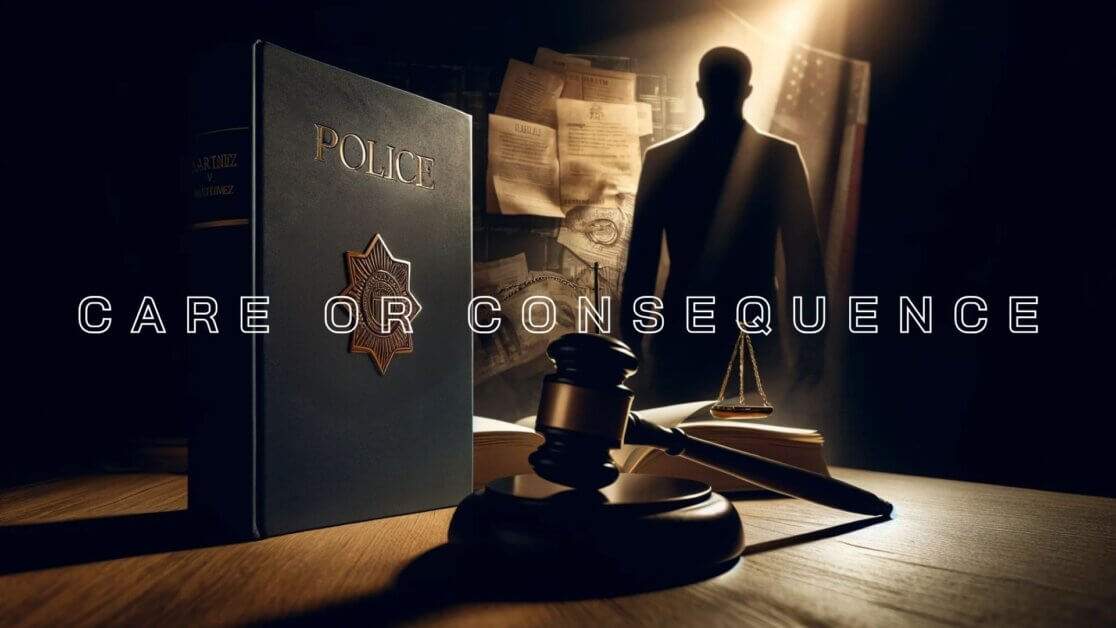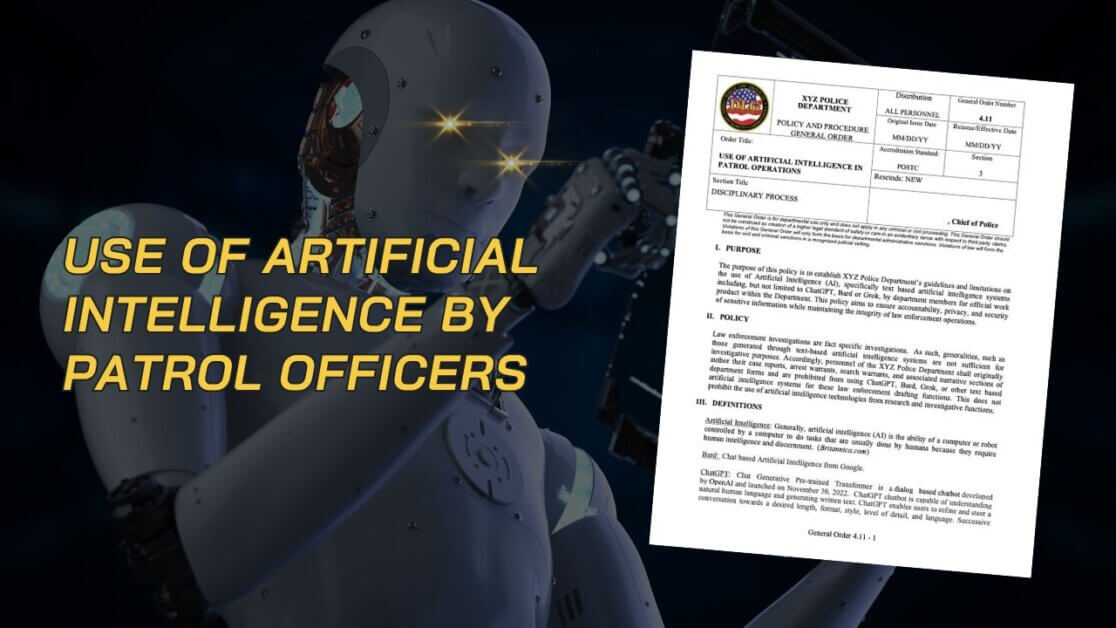Our case today from the Eight Circuit highlights an alleged use of excessive force. To determine if the Officer in today’s case qualified for immunity, the court asked two questions: first, did his actions violate a constitutional right and second, was the right clearly established? To determine if a right is clearly established, the court will focus “on whether the officer had fair notice that his conduct was unlawful.” If the answer to either question is no, then the officer is entitled to qualified immunity.
The court also cited a past case in their argument, Thompson v. Hubbard. Hubbard involved “a report of shots fired and two suspects fleeing on foot from the scene of an armed robbery.” One of the suspects climbed over a short fence and fell to the ground. When he stood up, he “looked over his shoulder at [an officer] and moved his arms as though reaching for a weapon at waist level.” When the suspect’s arms continued to move despite an order to “stop,” the officer fired a single shot into the suspect’s back and killed him. No weapon was found. The court held that the officer’s use of force did not violate the Fourth Amendment. Critical to the court’s ruling was the fact that “an officer is not constitutionally required to wait until he sets eyes upon the weapon before employing deadly force to protect himself against a fleeing suspect who turns and moves as though to draw a gun.”
FACTS
When Kansas City Police Officer William Thompson responded to a police dispatch concerning a suspected cell phone theft, he became engaged in a foot pursuit with a man later identified as Ryan Stokes. Officer Thompson chased Stokes as he ran into a parking lot and saw him stop at a red car. Officer Thompson then saw Stokes open and shut the driver’s side door. Officer Thompson, who was standing behind Stokes at the time, saw Stokes raise his hands to his waist. Officer Thompson shot Stokes, who later died from his injuries. N.S., Stokes’s child, by and through her mother and friend (Plaintiffs), sued Officer Thompson under 42 U.S.C. § 1983, alleging that he used excessive use of force in violation of the Fourth Amendment. The Plaintiffs also sued various Kansas City municipal officials, arguing that the “Hot Spots” program, which allows non-patrol officers to occasionally work the streets, and the lack of specific foot-pursuit training, amounted to a “deliberate or conscious choice” to ignore public safety. The district court held that Officer Thompson was entitled to qualified immunity and dismissed the Plaintiff’s lawsuit. The Plaintiffs appealed.
EIGHTH CIRCUIT COURT OPINION
The Eighth Circuit Court of Appeals used the two questions justifying qualified immunity in their argument. In this case, the court went directly to the second question and held that a reasonable officer would not have had “fair notice” that shooting Stokes in these circumstances violated the Fourth Amendment according to the previously established circumstances under Thompson v. Hubbard. Even under the Plaintiff’s version of the facts in this case, the court found that Officer Thompson faced a similar choice: use deadly force or face the possibility that Stokes might shoot a fellow officer. In addition, as in Hubbard, Officer Thompson could only see the suspect from behind, which obscured his view and required a “split-second judgment in circumstances that were tense, uncertain, and rapidly evolving.”
The court recognized that there were differences between the facts in Hubbard and in this case. First, the suspect in Hubbard was fleeing from the scene of an armed robbery, a much more serious crime than stealing a cell phone. Second, Officer Thompson remained silent in the face of possible danger, whereas the officer in Hubbard shouted “stop” before using deadly force. Despite these differences, the court concluded that a reasonable officer in these circumstances “might not have known for certain that [his] conduct was unlawful,” particularly given that Stokes had just accessed the inside of an unknown vehicle before raising his hands. This uncertainty meant that Officer Thompson did not violate a clearly established right; therefore, he was entitled to qualified immunity.
The court further held that Officer Thompson was entitled to official immunity under Missouri law, as the Plaintiffs had not established that Officer Thompson acted “in bad faith or with malice.” The court found there was no evidence suggesting that Officer Thompson was retaliating against Stokes for something that happened earlier or that they had a pre-existing relationship.
Finally, the court held that the Plaintiffs failed to offer evidence that the municipal officials had notice that any policies or procedures “were inadequate and likely to result in” a constitutional violation. Specifically, the court found that the Plaintiffs failed to link any policy or procedure to any other incident involving the use of excessive force.
TAKEAWAYS
Today’s case is an unfortunate one, because you never want to have to decide like Officer Thompson had to, especially over a cell phone. Some important notes from the case today; the court stated that Officer Thompson could have been more vocal in his actions (as in Hubbard when the officer yelled at the suspect to stop before shooting). It is hard to fully de-escalate a situation when you have to make a split-second judgement, but it may protect you from liability if you are more vocal in which actions you will take if a suspect does not listen. Another important note is that Plaintiffs came after the “Hot Spots” program and the policies that the police department has in place. Now more than ever we need to make sure our policies and procedures are sound and that we have reviewed and know them.
Continue your education. Learn more about Clearly Established Rights and Deadly Use of Force at the Use of Force Summit 2022. Click here to register now.
N.S. v. Kansas City Bd. of Police Commissioners, 35 F.4th 1111 (8th Cir. 2022)



